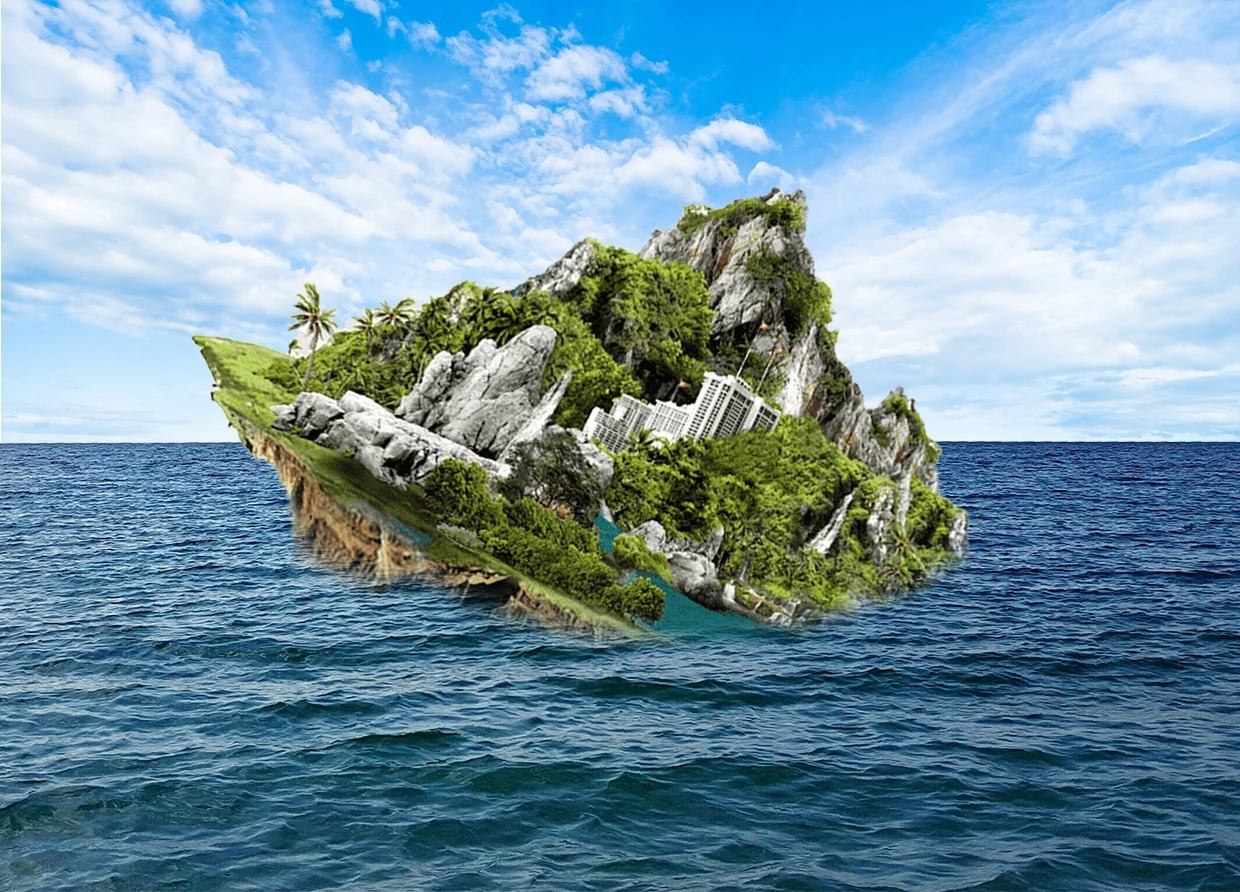
Text Only !

A study published in the Regional Studies Center of Marine Science and shared by
Beritabali.com records that shoreline abrasion in Bali occurs at a higher-than-average rate
than the rest of the world.
Bali’s total shoreline, which measured 668,84 kilometers in 2016, has shrunk to 662.59
meters five years later. The shoreline is disappearing at an average rate of 1.21 meters
annually.
Researchers arrived at these numbers by calculating changes in Bali’s shoreline using
geospatial data. The most recent shoreline calculation from 75 separate monitoring stations
was performed in March 2023.

The researchers concluded that the highest rate of shoreline loss due to erosion has occurred
in Bali’s south, west coast, and southeast regions. The beaches in the regencies of
Jembrana, Tabanan, Badung, Denpasar, Gianyar, Klungkung, and Karangasem were the worst
affected.
Changes in Bali’s shoreline are crucial to spatial and zoning planners and those projecting
future growth trends and patterns for the Island. Human settlements, religious rituals,
sites, and tourism development predominate the shorelines of Bali.
In recent years, Bali’s southern regions have undergone unprecedented development and
significant changes in land use designations.
Experts warn that the severe abrasion and higher sea levels will result in significant
changes in beach ecosystems, damage to infrastructure, and the destruction of existing human
settlements.
Another study conducted in 2022 indicates that 22% of Bali’s beaches are vulnerable to
climate change, erosion, flooding, storms, and rising sea levels. According to the
Intergovernmental Panel on Climate Change (IPCC), the ocean’s water levels have risen an
average of 2.5 millimeters annually over the past 25 years.
Globally, shoreline erosion has caused the loss of 36.097 kilometers, or 13.6% of all sandy
beaches, devouring 95,061 kilometers, or 25.7% of all beaches during the second half of the
current century. Of even greater concern, experts warn that if global carbon emissions are
not significantly reduced, oceans will rise by 80 centimeters, causing the loss of 131,756
kilometers of beaches worldwide.
People worldwide build seawalls, place sandbags, and install wavebreakers to counteract the
effects of rising sea levels. The mounting negative impacts, such as beach erosion,
declining freshwater supply, sedimentation, and economic difficulties due to climate change
and rising seas, can’t be ignored.